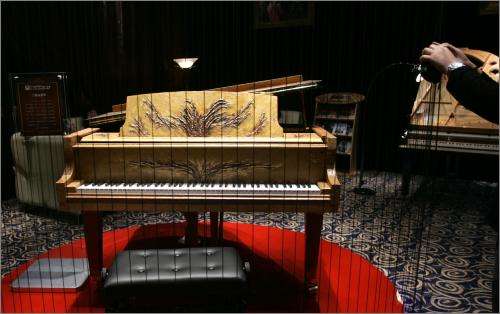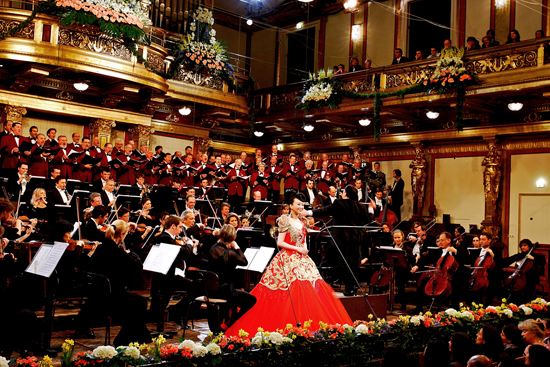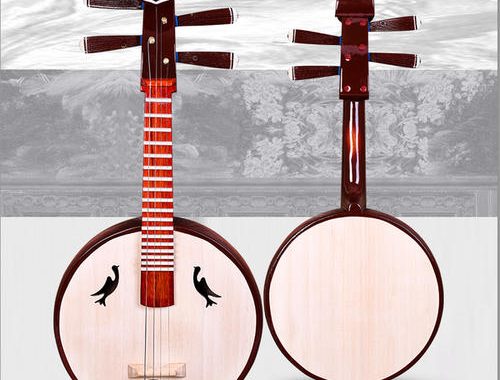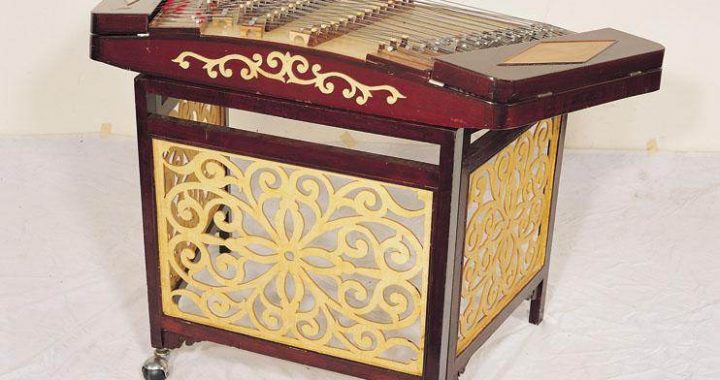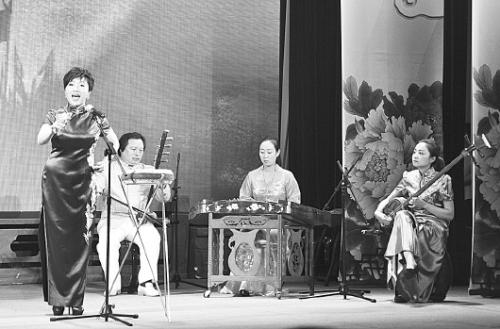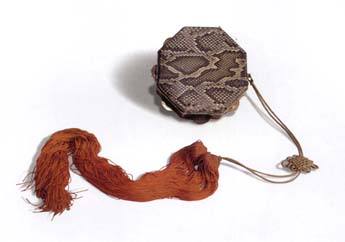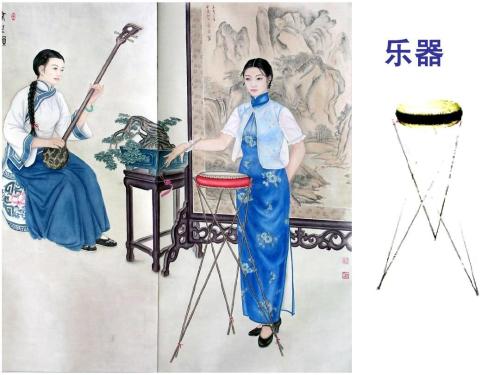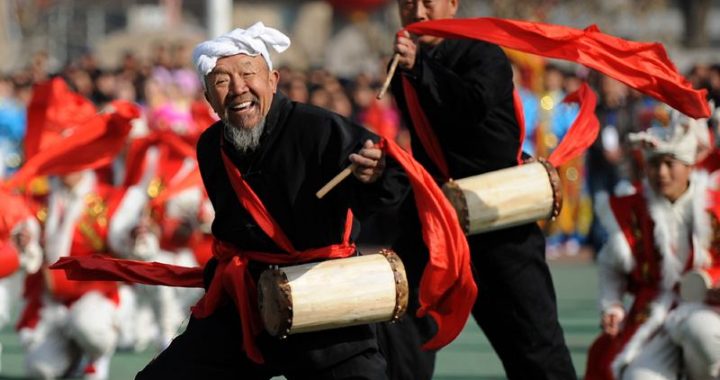Musical ensemble in mural at Dunhuang
2 min readThe konghou (harp) is another plucked string instrument that was introduced to China from Western Asiavia the Silk Road. Two Tang Dynasty konghou, along with other Chinese musical instruments from this period, appear in the collection of the Nara National Museum in Japan. Until recently, these important cultural artifacts were the only surviving examples of the konghou, which was known primarily from Buddhist grotto murals, pottery tomb figurines, and stone and brick carvings. Then in 1996, two complete bow-shaped konghou, as well as a number of fragments, were unearthed from a tomb in Qiemo County,Xinjiang. This was of the most important recent discoveries of Chinese musical archeology. Through an analysis of the styles and historical background of other artifacts found at the site, the tomb was tenta-tively determined to date from the 3rd to 4th century BC. The discovery of these ancient instruments,bearing pronounced Middle Eastern characteristics, has contributed greatly to understanding of musical exchange between East and West.
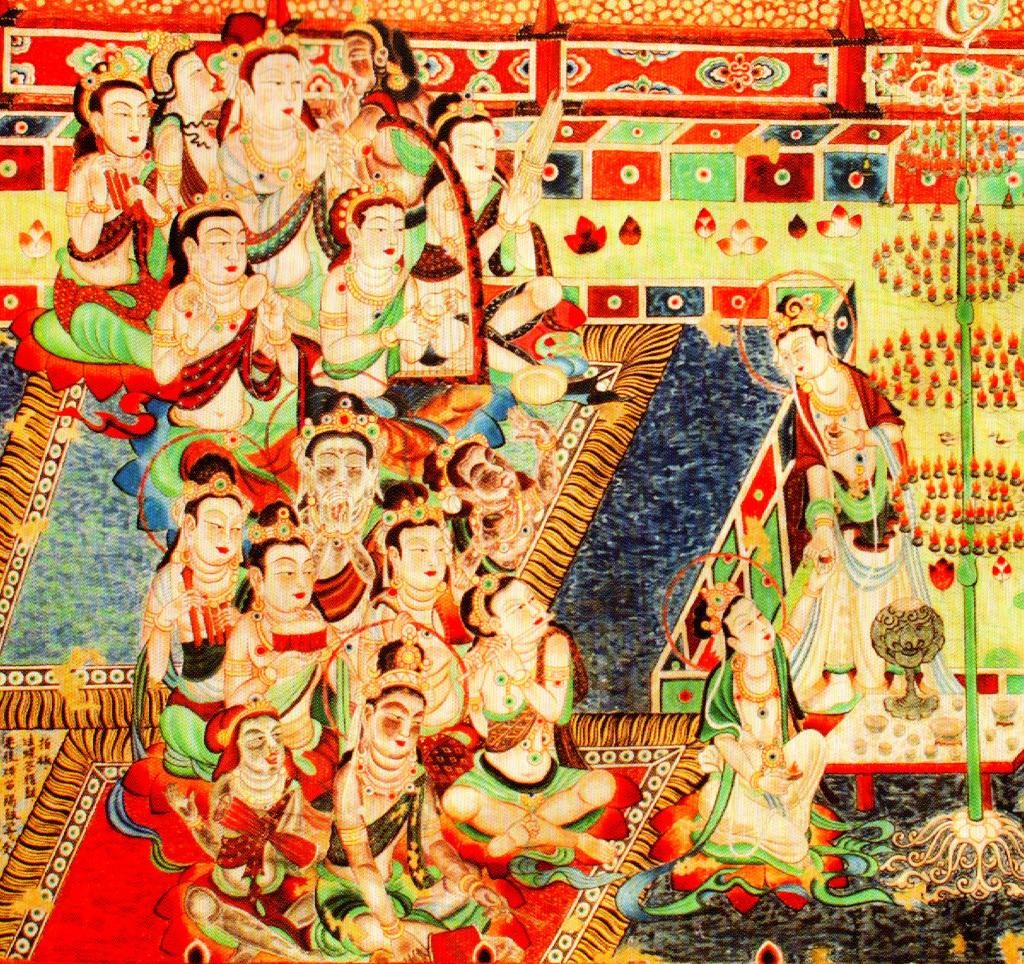
The konghou appears frequently in the murals of various Tang Dynasty Buddhist grottoes, attesting to the prevalence of this instrument during this period. Grotto 220 of the Mogao Grottoes at Dunhuang contains an outstanding example of post-Sui Dynasty song and dance murals. The largest and most magnificent mural at Dunhuang, its numerous subjects include a 28-member orchestra. The musicians are divided into ranks on the right and left, sitting cross-legged on a carpet and enthusiastically accompanying a group of dancers. The konghou in the mural is depicted in great detail. Among the other instruments arejiegu drum,dutan drum, hengdi (transverse flute), taogu (drum-shaped rattle), dala drum, luo (gong), bei (shell), paiban (clappers), bo (cymbals), sheng (reed pipes), bili (oboe), shudi (vertical flute), yaogu (waist drum), maoyuan drum, chiba, ruan (round lute), fangxiang (xylophone), paixiao (panpipes), and Zheng (zither). Inscriptions on the mural indicate that it was painted in 642 AD. The instrumental music of the Sui-Tang period was characterized by the use of many different kinds of instruments and rich and diverse musical arrange-ments. The music and dance mural in Grotto 220 at Dunhuang offers a glimpse into the vibrancy and mag-nificence of the red-carpet musical performances of this period.
Beyond the palace walls: traditional opera during the Song and Yuan dynasties The flourishing economy of the Song Dynasty (960-12 76 AD) gave rise to steadily growing cities and the rapid rise of a new class of city dwellers. In response to the cultural requirements of this new urban pop-ulation, China’s traditional opera, incubating for over one thousand years, underwent explosive growth.
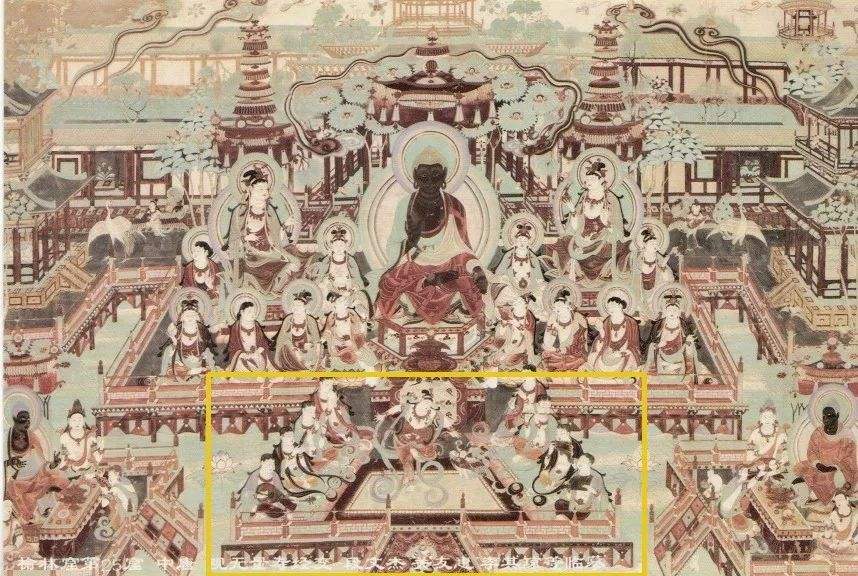
The palace walls of the rulers were no longer able to contain the faint strains of the flute and the distant murmur of the qin, and the mainstream of Chinese music moved off the red carpets of the nobility and into the marketplaces and entertainment venues of the city.
